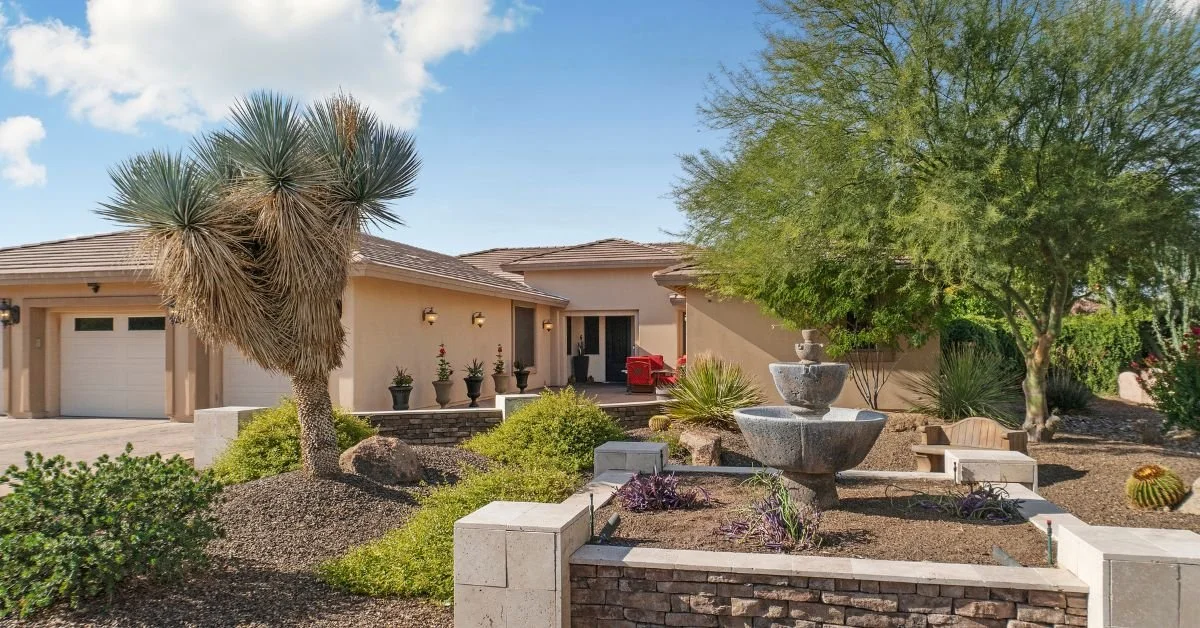Aftermarket vs OEM: Battle of Motorcycle Parts Quality
As you dive into the world of motorcycle maintenance and upgrades, you're faced with a crucial decision: should you go for OEM parts or explore options like aftermark or Vintco motorcycle parts?
Understanding the difference between these choices is essential for any rider dedicated to keeping their bike in top condition.
OEM parts, crafted by the original motorcycle manufacturer, promise a perfect fit and factory-grade quality. But Vintco parts offer an alternative, often matching OEM performance at a more wallet-friendly price point. It's a debate that pits the assurance of brand names against the allure of cost savings and aftermarket innovation.
What Are OEM Parts?
When you're immersed in the world of motorcycle maintenance or upgrades, the acronym OEM becomes part of your vocabulary. OEM stands for Original Equipment Manufacturer. These are the parts crafted by the very company that made your motorcycle, ensuring a level of quality and compatibility that's difficult to surpass. Brands like Honda, Yamaha, Kawasaki, and Suzuki distribute these components, identical to those your bike was originally equipped with.
The primary advantage of OEM parts is the guarantee of a perfect fit. There's no guessing game when it comes to these components – they're designed specifically for your model. This saves you the time and headache often associated with verifying part compatibility. When you choose OEM, you're choosing peace of mind.
But perfection comes at a price. Studies indicate that OEM parts can be significantly pricier than their aftermarket counterparts, with a price hike of up to 60%. Despite this, many riders find the cost justifiable for the assurance they receive.
Here's the trade-off: you could be paying more for the exact same level of quality you'd get from an aftermarket part, simply because the motorcycle manufacturer brands it.
Still, for enthusiasts, that brand stamp and the perceived increase in bike value it brings could make all the difference.
● Perfect fit with no compatibility concerns
● Higher cost compared to aftermarket parts
● Brand assurance and potential bike value increment
Remember, while the allure of saving money with aftermarket parts like those from Vintco is strong, the decision ultimately hinges on what you value more: the cachet of a brand name or the cost-effectiveness of a non-OEM solution. Whatever your choice, it's essential to weigh the pros and cons in light of your particular needs and the specific demands of your motorcycle.
The Pros of OEM Motorcycle Parts
When you're looking to maintain the integrity of your ride, OEM motorcycle parts offer a level of assurance that's hard to beat. Guaranteed compatibility is the cornerstone of OEM part's appeal, ensuring that each component fits just as the manufacturer intended.
OEM parts boast precision engineering, which translates to motorcycle parts that are identical to those your bike was initially equipped with. This eliminates any concerns about whether a part will work with your specific model. You're paying for peace of mind, with the added bonus that OEM parts often come with a warranty, protecting you against premature failure or defects.
Furthermore, using OEM parts maintains the value of your motorcycle. If you plan on selling your bike down the line, prospective buyers may be more inclined to purchase a motorcycle that has been maintained with OEM components, recognizing the commitment to quality and longevity.
If you're the kind of rider for whom only the best performance will do, OEM parts are the way to go. Aftermarket parts may offer variety and come with a lower price tag, but they can be hit or miss when it comes to quality. With OEM, the guesswork is taken out of the equation; the parts are rigorously tested and designed specifically for your make and model.
A critical advantage, especially for those who are not mechanically inclined, is the dealer support available for OEM parts. Dealerships will have a comprehensive inventory of parts for your motorcycle, and the technicians are trained specifically in the brand’s models. This expert knowledge ensures your motorcycle is serviced correctly and efficiently.
By going with OEM, you're choosing a path that's been meticulously designed for your motorcycle's optimal performance and durability. While the cost is higher, the investment is crystal clear for riders who prioritize quality and a seamless fit over initial savings.
The Cons of OEM Motorcycle Parts
When you're on the hunt for motorcycle parts, it's hard to ignore the fact that OEM parts usually have higher price tags than their aftermarket counterparts. On average, expect to shell out between 40 to 60 percent more for OEM. This premium is not just for the part itself but for the brand assurance and the manufacturer's warranty that comes with it.
Not only does your wallet feel the pinch, but the search for OEM parts can be a task all by itself. While aftermarket parts are readily available in various outlets, OEM stock is not as abundant. You might find yourself scouring the internet or limited brick-and-mortar locations just to locate the specific OEM part for your motorcycle. The high demand for genuine parts creates this scarcity, which in turn can lead to frustration due to potential long wait times to procure the essential part you need.
Let’s not forget about repair scenarios. If your bike is in the dealership's care, OEM parts are the default choice. However, when you visit an independent repair shop, they're more likely to lean towards installing aftermarket parts. While this might not seem like a con at first glance, it's crucial for you to know exactly where and what type of part is being used in your motorcycle to avoid any compatibility issues or voiding warranties that may stem from using non-OEM components.
Despite the quality and seamless fit of OEM parts, the drawbacks—cost, availability, and the repair shop's preference for aftermarket parts—may lead you to consider alternatives like Vintco parts. These alternatives might offer a balance between cost-efficiency and quality, albeit without the manufacturer's branding.
What Are Aftermarket Parts?
When you’re in the market for motorcycle components, you’ll likely come across a vast selection of aftermarket parts. These are components made by third-party manufacturers, not associated with your bike's original brand. Understanding the differences between genuine and aftermarket parts is crucial when making an informed decision on what’s best for your motorcycle.
Genuine vs Aftermarket Parts
Genuine parts, also known as Original Equipment Manufacturer (OEM) parts, are produced by the manufacturer of your motorcycle. They are specifically designed for your bike model, ensuring a flawless fit and reliable performance.
On the other hand, aftermarket parts are produced by a myriad of companies not linked to the original manufacturer. While they are legitimate options for replacing parts, they don’t carry the brand’s endorsement for use in their motorcycles.
Aftermarket manufacturers focus on reverse-engineering OEM parts and may tackle weaknesses found in the original design. In certain scenarios, this leads to an aftermarket part that outshines the OEM component in quality.
However, the process of creating aftermarket parts often aims for broad compatibility, which may lead to fitment issues with specific bike models. Aftermarket options provide a wider range of customization, particularly with cosmetic accessories, giving riders the chance to personalize their bikes more extensively.
Pros of Aftermarket Parts
● Cost: Generally, aftermarket parts are less expensive upfront compared to their genuine counterparts. This can be appealing if you're working with a tight budget.
● Variety: There’s a plethora of aftermarket parts available, offering more choices in color and design.
● Innovation: Some aftermarket components may offer improvements over OEM parts by addressing known flaws.
● Quality: Many aftermarket parts use less durable materials to keep costs down, potentially affecting long-term reliability and performance.
● Fitment: Because they are designed to fit a range of models, aftermarket parts might not offer the perfect fit that OEM parts do.
● Availability: Acquiring the latest aftermarket parts can sometimes be delayed as manufacturers need to wait for access to the original specs for replication.
When weighing genuine vs aftermarket motorcycle parts, it’s worth considering the long-term value and the impact on your bike's performance. Although OEM parts often come with higher upfront costs, their quality and compatibility might save you time and money in the long run by reducing the frequency of replacements and maintenance issues.
What are Genuine Motorcycle parts?
Choosing between Vintco motorcycle parts and OEM comes down to your priorities. If you value a tailor-made fit and peak performance, OEM is your go-to.
On the flip side, if you're keen on customization and savings, aftermarket options like Vintco could be your match. It's essential to weigh the long-term implications of your choice on your bike's health and your satisfaction.
Trust your instincts and make an informed decision that aligns with your riding lifestyle and maintenance preferences. Remember, the road ahead should be as smooth as your bike's purr.
Frequently Asked Questions
What are genuine OEM motorcycle parts?
Genuine OEM motorcycle parts are produced by the motorcycle's original manufacturer and designed specifically for the model, ensuring optimal fit and performance.
Do aftermarket motorcycle parts offer any advantages?
Aftermarket parts can offer improvements, such as variety in design and potentially lower upfront costs, but may not match the fit and quality of OEM parts.
Are genuine OEM parts more expensive than aftermarket parts?
Yes, genuine OEM parts are typically more expensive initially, when compared to aftermarket options, due to their guaranteed fit and manufacturer support.
Can using aftermarket motorcycle parts affect my bike's performance?
Using aftermarket parts may affect performance if the parts have fitment issues or are made of less durable materials than OEM parts.
How do I decide between genuine OEM and aftermarket motorcycle parts?
Consider the long-term value, the impact on your bike's performance, fitment certainty, and whether the cost savings of aftermarket parts outweigh the potential trade-offs.






